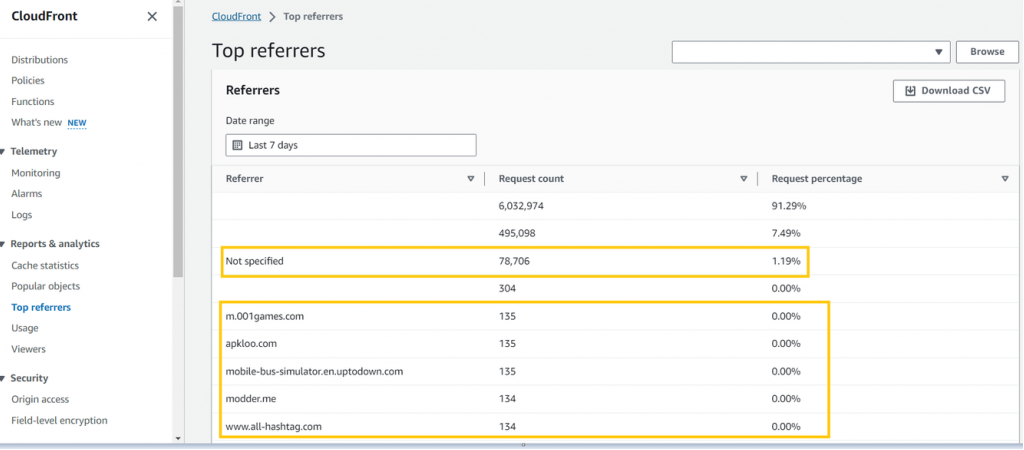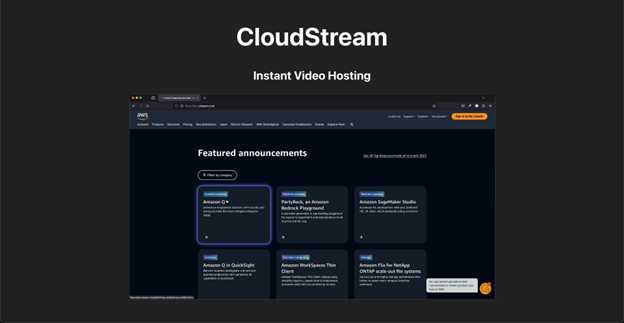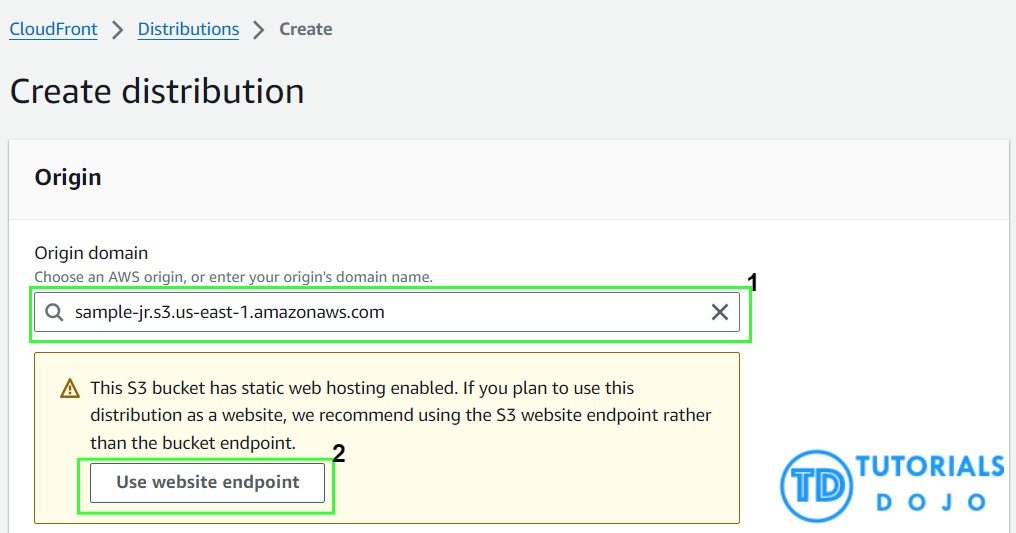How to Change an AWS ACM Certificate on Amazon CloudFront Distribution
Irene Bonso2024-08-28T00:00:15+00:00Before diving into the steps on how to change an AWS ACM-generated SSL Certificate, it’s important to understand the basics and benefits of this service. Having a solid understanding will provide context for the actions we are about to take and help us appreciate the value AWS Certificate Manager (ACM) brings to the table. What is the AWS Certificate Manager (ACM)? AWS Certificate Manager (ACM) is a service designed to streamline the provisioning, management, and deployment of public and private SSL/TLS certificates. These certificates are essential for securing network communications and verifying the identity of websites on the Internet, as [...]











